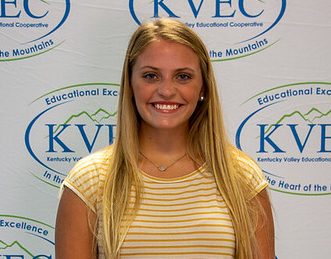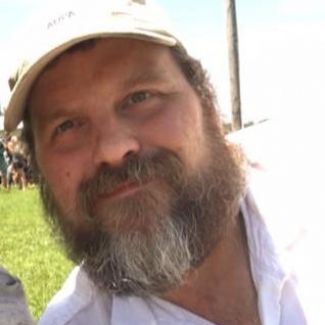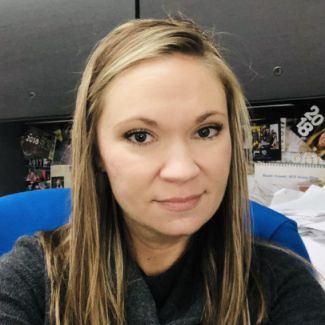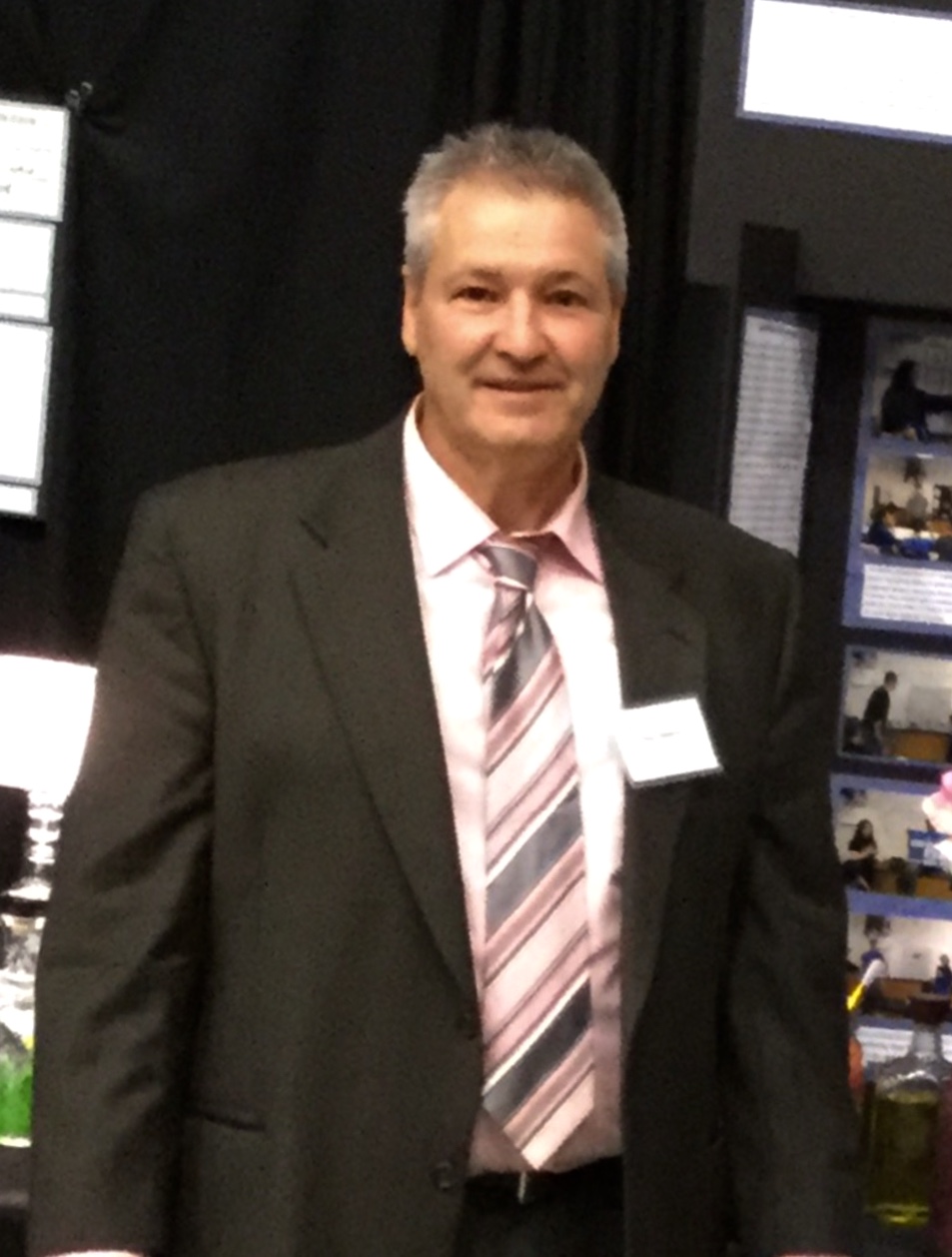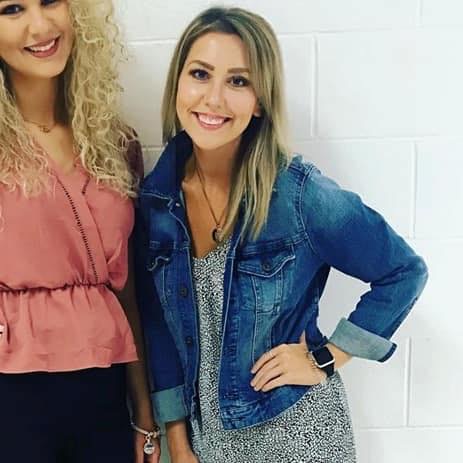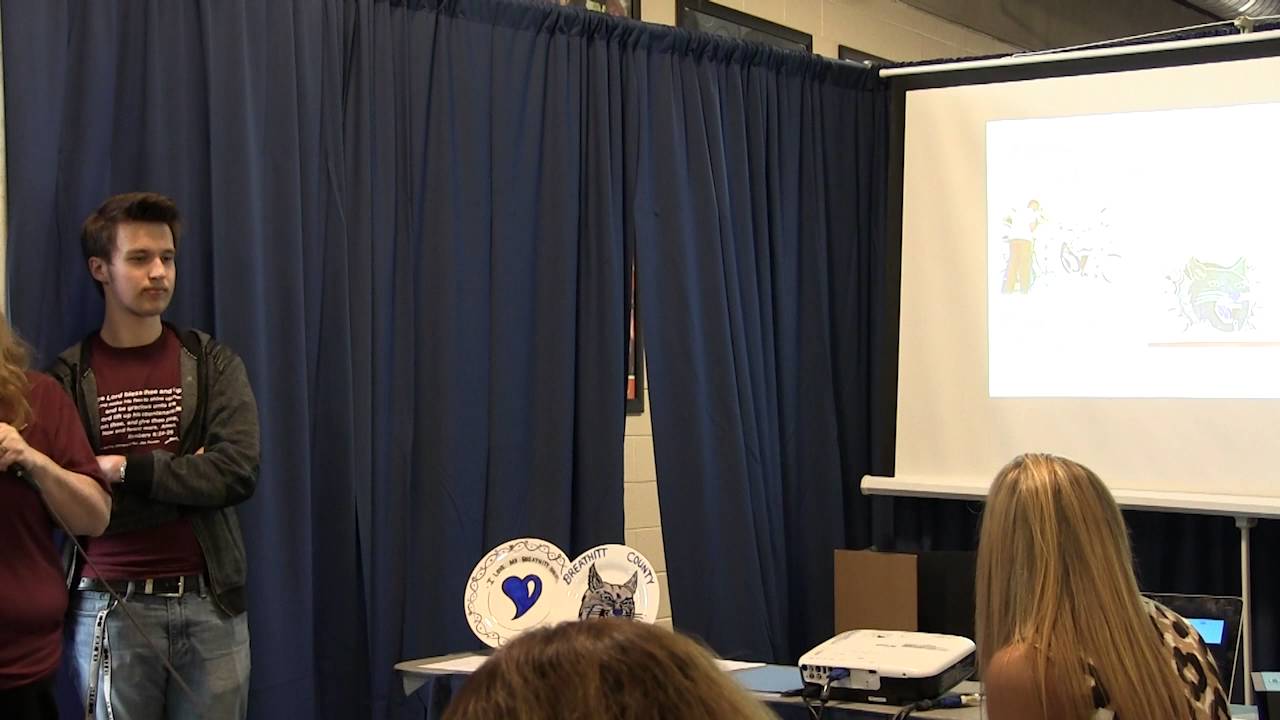Concourse D – Segment B
Presenter 1: Brandy Hackney & Jimmy Artrip
3D Printing the future
What can I do to increase my student’s problem solving skills and encourage innovation. Students are required to come up with new innovations or ideas to solve the problems they encounter in everyday life. Things began slowly at first but over time, the student thought up many new and exciting products – stands for their headphones, new tools and parts to get into hard to reach places on computers are among the few. For this initiative, we will purchase a Craft Bot plus 3d printer and solve problems. Students will interview department heads to find out problems they might be having and how we can help. We will design new tools for carpentry or auto shop classes, produce a real life model of a heart with detachable chambers for nursing students, or drones. The only limit will be the imagination of my students. Students will be learning hard and soft skills to help them transition to life.
Presenter 2: Haridas Chandran
Construction of Biodigester an Alternate Inexpensive Energy Source
Students in the STEAM class will focus on designing and constructing a home built, inexpensive and portable Biodigester. The main purpose of this project is to utilize waste food items from different restaurants and convert them into a biogas that can be used as fuel for gas burners. To achieve this students will be building two different parts of the biodigester namely digester tank and gas holder tank. Students will research on the type of food that can be used to obtain the maximum fuel. They will undertake a preliminary investigation on the size of the container and amount of the food that will generate fuel to use it for a long time interval. Collection of data will involve exact ratio of the mixture that produce maximum amount of methane gas, method of storing the generated gas, storage of waste material that can be used as an fertilizer for plants. Completion of this project will help solve problems in the community like generating alternate usable heat energy from wasted food that can be reused by the same agencies namely restaurants who are wasting their food. The biodigesters can be also used at homes to avoid wastage of food items.
Presenter 3: Sterling Harris
We Build Monsters
As a relatively new theatre program, Breathitt High School Theatre Arts has very little in the way of established equipment and supplies with which to construct the sets necessary for a large-‐scale dramatic production. In the coming 2019-‐20 school year, we have ambitious plans to perform two plays – both of which will require extensive scenery, set design, and large-‐scale puppetry.
Presenter 4: Donna Combs
Buddy Benches for the Respected
The students at BHS will practice their Math Skills by learning how to read a ruler, use repetitive practices by cutting the boards the same length and they will use their teamwork skills to provide a community service for the respected resident of the Nim Henson Nursing home, as well as the residents of Kentucky River Medical Center by making benches for them to enjoy when the weather permits. The students will gain additional support that allows them to connect their math skills to real-world situations.
Presenter 5: Kelly Scott
Making the Microscopic World BIG
Teaching a Biology class always requires the use of microscopes, and it is a difficult task for some students. So I begin to think of how something the students use everyday of their lives, could help with learning and understanding of microscopes, and the images that are seen. This led me to my research question: How will the use of smartphones make microscopic images available to all students, and how will that use impact their learning? I teach both first year Biology and Advanced Biology and Ecology classes. Each year it is the same struggle for understanding of use of microscopes and for understanding and identification of microscopic structures. I begin to think of the technology most all students have access to, and how I can use them to help in the classroom. I began to research smartphone microscope adapters which will allow the students to take pictures of their images. These images could be used in presentations, assessments where students had to identify structures, or videos could be made of the viewings of the microscopic images and used for many different purposes.
Presenter 6: Sarah Thompson & Savanna Holbrook
KVEC Student Senate
Presenter 7: Brandy Hackney & Melissa Waddell
Mending Hearts Without Breaking Ribs
Are my students able to apply their BLS skills, with the help of the monitoring system within the manikins, to perform life-saving procedures in the real world? This is the question I will use to drive my innovation in my classroom. I have found in years past that students are unaware of their compression depth and rate during Basic Life Support skills practice. This could lead to over-compressing the chest leading to broken ribs or not compressing at the correct depth required to support circulation.
Presenter 8: Hans Doderer
Captain Inspector/ Protector : Colossal Corrosion Fighter
The mission of this project is to inspire students, our future workforce, to engage in the prevention of corrosion through science, engineering, and technology. The effects of corrosion is estimated to cost the US $2.5 trillion globally, or 3.4% of the global GDP. With the use of corrosion teaching kits students can learn how to prevent corrosion. The experiments within the NACE Foundation teaching kit, Corrosion Toolkit (cKit™)provides a fun and innovative hands-on learning experience to students in materials science. The use of educational corrosion tool kits will be incorporated into my classroom curriculum throughout the year.

